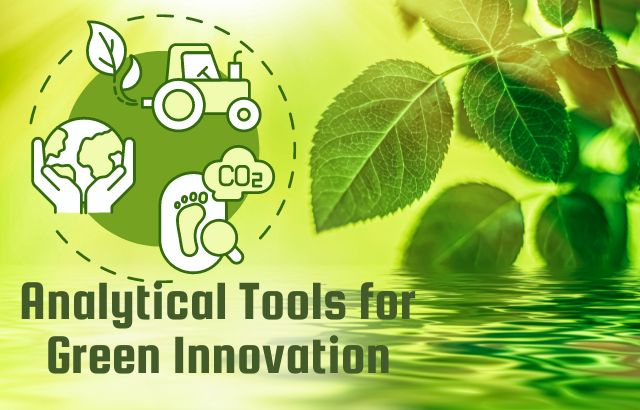The agriculture industry is in the midst of a transformative period, driven by the need for sustainable and efficient practices to meet the growing global demand for food. One critical aspect of this transformation is the development of novel plant protection technologies and enhancements. These innovations are not only safeguarding crop yields but also reducing the environmental footprint of agriculture. In this blog, we’ll delve into some of the exciting advancements in crop protection that are shaping the future of farming.
Crop Protection-Novel Technologies and Enhancements
One of the key trends in crop protection is the adoption of precision agriculture techniques. Farmers are now equipped with sophisticated technologies such as GPS-guided machinery, drones, and remote sensing devices. These tools enable precise application of pesticides and fertilizers, reducing waste and minimizing the environmental impact of farming practices.
2. Biological Pest Control:
The use of biological agents to control pests and diseases is gaining momentum. Beneficial insects, nematodes, and microorganisms are being deployed to naturally manage crop-threatening pests. This approach not only reduces the need for chemical pesticides but also supports biodiversity in agricultural ecosystems.
3. Genetic Solutions:
Advancements in genetic engineering have led to the development of crop varieties with inherent resistance to pests and diseases. These genetically modified organisms (GMOs) are designed to reduce the need for external chemical inputs while maintaining crop yields. Examples include Bt cotton and disease-resistant rice varieties.
4. Smart Sensors and Data Analytics:
The integration of smart sensors and data analytics is revolutionizing crop protection. These technologies can monitor soil conditions, weather patterns, and pest populations in real time. Farmers can make data-driven decisions, optimizing the timing and dosage of pest control measures.
5. Eco-Friendly Formulations:
The development of environmentally friendly pesticide formulations is a top priority. Researchers are working on biodegradable, low-toxicity, and reduced-residue formulations. These formulations not only protect crops but also minimize harm to non-target organisms and ecosystems.
6. Nanotechnology:
Nanotechnology is offering new possibilities in crop protection. Nanoparticles can be used to deliver pesticides more efficiently, reducing the quantity needed for effective control. This approach enhances the precision and reduces the environmental impact of pesticide applications.
7. Climate-Resilient Crops:
As climate change introduces new challenges to agriculture, breeders are developing climate-resilient crop varieties. These varieties can withstand extreme weather conditions and adapt to changing temperature and rainfall patterns, reducing the risk of crop failure.
8. Digital Pest Forecasting:
Digital platforms and smartphone apps are providing farmers with up-to-date pest and disease forecasts. This enables proactive pest management, allowing farmers to take preventive measures before infestations become severe.
Conclusion:
The world of crop protection is undergoing a remarkable transformation with these novel technologies and enhancements. These innovations not only ensure food security but also contribute to sustainable farming practices by reducing chemical usage, minimizing environmental impact, and enhancing crop resilience. As agriculture continues to evolve, these advancements will play a pivotal role in shaping the future of farming for generations to come.












